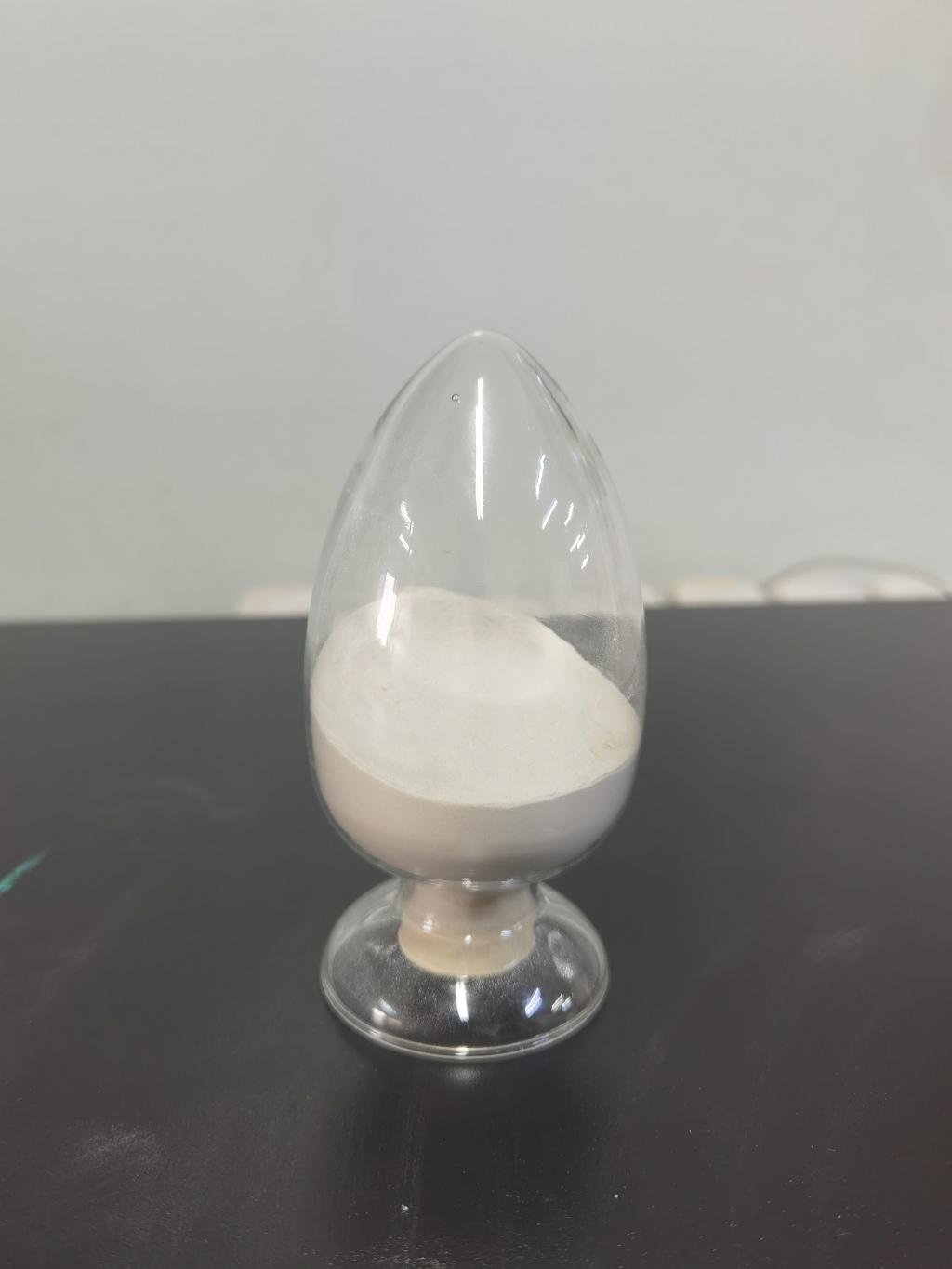Tel:+8618231198596

News
 CONTACT
CONTACT
 CONTACT
CONTACT
- Linkman:Linda Yao
- Tel: +8618231198596
- Email:linda.yao@dcpharma.cn
- Linkman:CHARLES.WANG
- Department:Overseas
- Tel: 0086 0311-85537378 0086 0311-85539701
News
Exploring novel delivery systems for Nisin in food preservation.
TIME:2024-04-17
Encapsulation Techniques:
Encapsulation involves entrapping active ingredients within protective matrices to shield them from degradation and control their release. Various encapsulation techniques, including spray drying, emulsification, and liposome formation, have been investigated for delivering nisin in food systems.
Spray Drying: Spray drying involves atomizing a nisin-containing solution into droplets, which are then rapidly dried to form microcapsules. These microcapsules protect nisin from environmental factors and facilitate its controlled release in food matrices, such as powdered products and dry mixes.
Emulsification: Emulsification techniques utilize emulsifiers to encapsulate nisin within lipid-based droplets dispersed in aqueous solutions. These lipid-based carriers enhance nisin's stability and solubility while enabling its controlled release in emulsion-based food products, including dressings, sauces, and spreads.
Liposome Formation: Liposomes are vesicular structures composed of lipid bilayers that can entrap hydrophilic and lipophilic compounds, including nisin. Liposomal encapsulation enhances nisin's stability and bioavailability, allowing for targeted delivery in food systems with lipid components, such as dairy products and margarine.
Nanotechnology-Based Delivery Systems:
Nanotechnology offers promising avenues for developing advanced delivery systems for nisin with improved stability, bioavailability, and targeted release. Nanostructured carriers, such as nanoparticles, nanofibers, and nanocomposites, enable precise control over nisin delivery kinetics and enhance its interactions with food matrices.
Nanoparticles: Nanoparticles composed of biodegradable polymers, such as chitosan and alginate, have been explored for encapsulating nisin and facilitating its sustained release in food systems. These nanoparticles protect nisin from degradation and provide controlled release kinetics, making them suitable for various food applications, including meat, seafood, and baked goods.
Nanofibers: Electrospun nanofibers offer a high surface area-to-volume ratio and tunable porosity, making them ideal candidates for encapsulating nisin and controlling its release kinetics in food matrices. Nisin-loaded nanofibers can be incorporated into food packaging materials or directly applied to food surfaces to inhibit microbial growth and extend shelf life.
Nanocomposites: Nanocomposite materials, consisting of nisin-incorporated nanoparticles dispersed within a polymer matrix, offer synergistic effects in food preservation. These nanocomposites combine the antimicrobial properties of nisin with the barrier properties of the polymer matrix, providing enhanced protection against microbial contamination and oxidative degradation in food products.
Active Packaging Systems:
Active packaging systems integrate antimicrobial agents, such as nisin, directly into packaging materials to create active barriers against microbial growth and food spoilage. These systems offer advantages such as prolonged shelf life, improved food safety, and reduced reliance on chemical preservatives.
Edible Films and Coatings: Edible films and coatings incorporating nisin can be applied directly onto food surfaces to create protective barriers against microbial contamination. These films provide controlled release of nisin, thereby inhibiting microbial growth and extending the shelf life of fresh produce, meat, and seafood.
Smart Packaging Technologies: Smart packaging technologies, including oxygen scavengers, moisture regulators, and pH indicators, can be combined with nisin to create intelligent packaging systems that respond to environmental changes and microbial activity. By releasing nisin in response to specific triggers, such as temperature or humidity fluctuations, these systems ensure targeted antimicrobial protection and maintain food quality during storage and transportation.
Regulatory Considerations and Commercialization:
The development and commercialization of novel delivery systems for nisin in food preservation require consideration of regulatory requirements and consumer acceptance. Regulatory agencies, such as the U.S. Food and Drug Administration (FDA) and the European Food Safety Authority (EFSA), assess the safety and efficacy of these delivery systems to ensure compliance with food safety standards.
Furthermore, consumer acceptance of nisin-based delivery systems depends on factors such as labeling transparency, perceived health benefits, and sensory attributes. Manufacturers must communicate the benefits of these technologies to consumers while addressing any concerns related to food safety, quality, and environmental impact.
Conclusion:
Novel delivery systems for nisin offer promising solutions for enhancing food preservation and safety across various food applications. Encapsulation techniques, nanotechnology-based carriers, and active packaging systems enable precise control over nisin delivery kinetics and improve its stability, bioavailability, and targeted release in food matrices.
As research advances and regulatory frameworks evolve, the commercialization of these innovative delivery systems will play a crucial role in addressing challenges associated with microbial contamination, food spoilage, and food waste. By harnessing the potential of nisin-based delivery technologies, the food industry can meet consumer demand for safe, high-quality food products while promoting sustainability and reducing reliance on synthetic preservatives.
- Tel:+8618231198596
- Whatsapp:18231198596
- Chat With Skype







